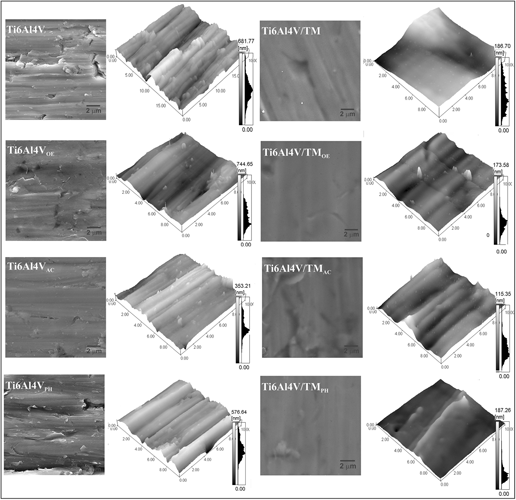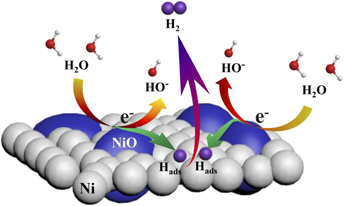Cover: FESEM micrograph of glass samples immersed in SBF for 7 days, B8. [S. Prasad, I. Ratha, T. Adarsh, A. Anand, P.K. Sinha, P. Diwan, K. Annapurna, K. Biswas: In vitro Bioactivity and Antibacterial Properties of Bismuth Oxide Modified Bioactive Glasses. p. 178].
Invited Feature Paper
Grain size effects on NiTi shape memory alloy fatigue crack growth
-
- Published online by Cambridge University Press:
- 04 December 2017, pp. 91-107
-
- Article
- Export citation
Article
Production of fine-grained foils by large strain extrusion-machining of textured Ti–6Al–4V
-
- Published online by Cambridge University Press:
- 18 December 2017, pp. 108-120
-
- Article
- Export citation
Invited Paper
Wetting by liquid sodium and fracture path analysis of sodium induced embrittlement of 304L stainless steel
-
- Published online by Cambridge University Press:
- 27 November 2017, pp. 121-129
-
- Article
- Export citation
Articles
Development of tensile-compressive asymmetry free magnesium based composite using TiO2 nanoparticles dispersion
-
- Published online by Cambridge University Press:
- 20 November 2017, pp. 130-137
-
- Article
- Export citation
Effect of twisting fatigue on the electrical reliability of a metal interconnect on a flexible substrate
-
- Published online by Cambridge University Press:
- 04 December 2017, pp. 138-148
-
- Article
- Export citation
Invited Paper
Flexible solution-processed high-voltage organic thin film transistor
-
- Published online by Cambridge University Press:
- 23 November 2017, pp. 149-160
-
- Article
- Export citation
Articles
Effect of sterilization processes on the properties of a silane hybrid coating applied to Ti6Al4V alloy
-
- Published online by Cambridge University Press:
- 21 November 2017, pp. 161-177
-
- Article
- Export citation
In vitro bioactivity and antibacterial properties of bismuth oxide modified bioactive glasses
-
- Published online by Cambridge University Press:
- 04 December 2017, pp. 178-190
-
- Article
- Export citation
Invited Paper
Upconversion rare earth nanoparticles functionalized with folic acid for bioimaging of MCF-7 breast cancer cells
-
- Published online by Cambridge University Press:
- 26 December 2017, pp. 191-200
-
- Article
- Export citation
Articles
Construction of direct solid-state Z-scheme g-C3N4/BiOI with improved photocatalytic activity for microcystin-LR degradation
-
- Published online by Cambridge University Press:
- 21 November 2017, pp. 201-212
-
- Article
- Export citation
Enhanced electrocatalytic hydrogen evolution activity of nickel foam by low-temperature-oxidation
-
- Published online by Cambridge University Press:
- 07 December 2017, pp. 213-224
-
- Article
- Export citation
Microstructure characterization and phase field analysis of dendritic crystal growth of γ-U and BCC-Mo dendrite in U–33 at.% Mo fast reactor fuel
-
- Published online by Cambridge University Press:
- 09 November 2017, pp. 225-238
-
- Article
- Export citation
Corrigendum
Thermodynamic limitations for alkali metals in Cu(In,Ga)Se2 – CORRIGENDUM
-
- Published online by Cambridge University Press:
- 19 December 2017, p. 239
-
- Article
-
- You have access
- HTML
- Export citation
Front Cover (OFC, IFC) and matter
JMR volume 33 issue 2 Cover and Front matter
-
- Published online by Cambridge University Press:
- 26 January 2018, pp. f1-f5
-
- Article
-
- You have access
- Export citation
Back Cover (OBC, IBC) and matter
JMR volume 33 issue 2 Cover and Back matter
-
- Published online by Cambridge University Press:
- 26 January 2018, pp. b1-b5
-
- Article
-
- You have access
- Export citation













